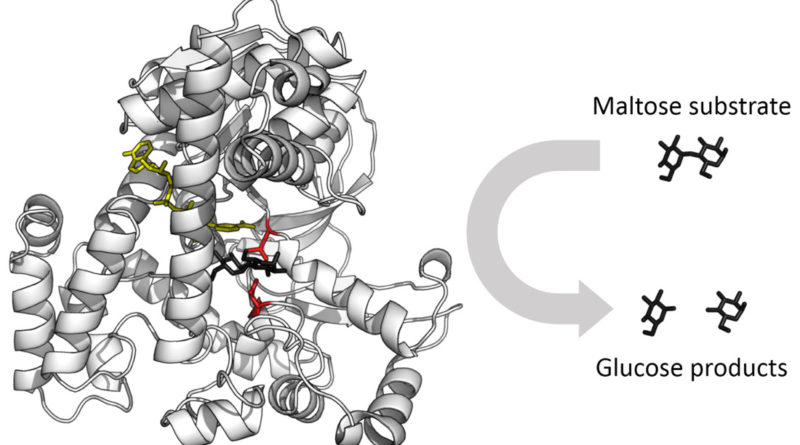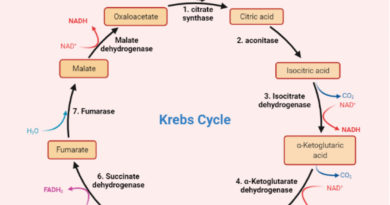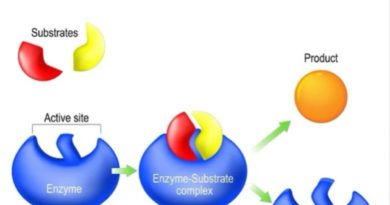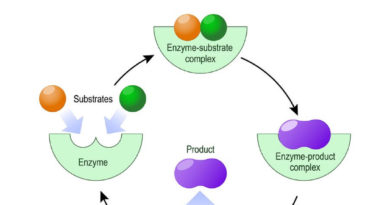The Effect Of Environment On Enzyme Activity
Change in environment affect the enzyme activity very rapidly. To overcome a reaction there should be some stander conditions present in cell are responsible. Mild change in these conditions can alter the reaction rate or the occurrence of reaction in the cell. These conditions include (1) presence of substrate concentration; (2) effect of temperature; (3) pH of surrounding medium.
Substrate Concentration
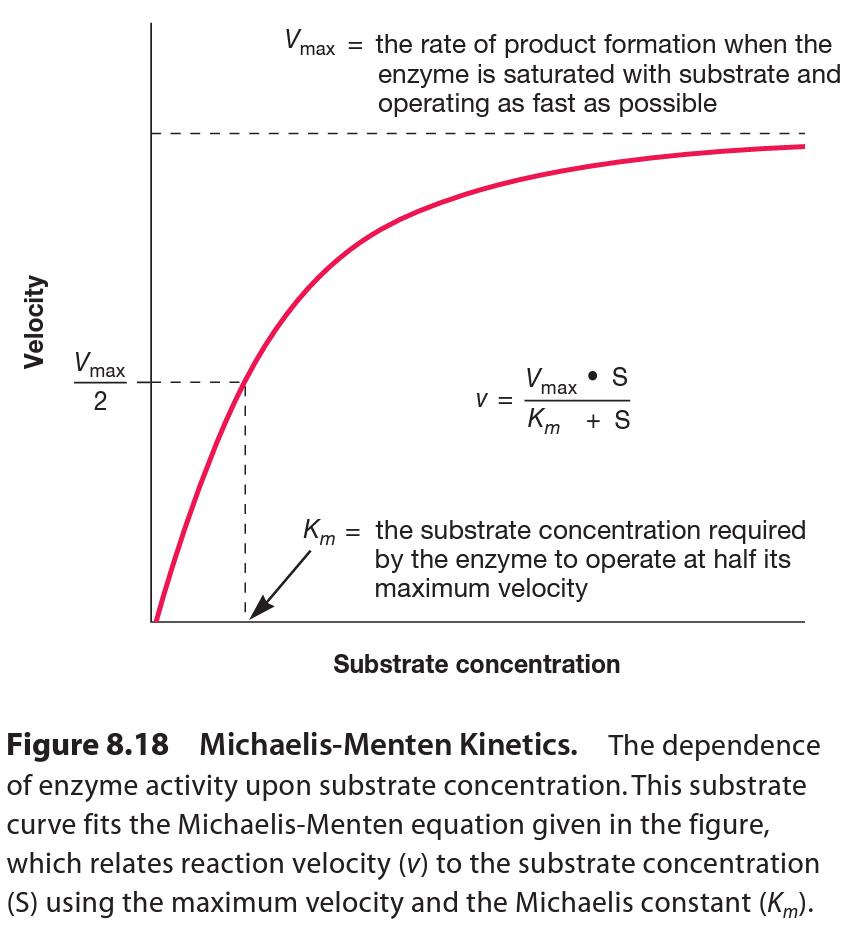
One of the most important is the substrate concentration. Substrate concentration is usually low with in a cell. At low substrate condition enzyme make products slowly because it seldom contacts a substrate molecule. If more substrate molecules are present, an enzyme binds substrate more often, and the reaction velocity is greater than at lower substrate concentration. So, we can say that rate of an enzyme-catalyzed reaction increases with substrate concentration.
Eventually further increase in substrate concentration, after a slandered value, does not increase further rate of reaction. This is because of the enzyme molecules in the cell. If all enzyme molecules bind the substrate then it would be available to other substrate molecules after converting them to products as rapidly as possible. That is, we can say this condition as, the enzyme is saturated with saturated with the substrate and operating at maximum al velocity.
So, it is useful to know the substrate concentration an enzyme needs to function adequately.
Effect Of pH And Temperature On Rate Of Reaction
As known enzymes are made up of protein. We can say that all enzymes are protein however, all protein are not enzyme. Protein have a characteristic structure, coiling and super coiling. This structure can be alter by temperature and pH of the medium. Thus activity of enzyme greatly depend on the pH of the medium. Change in pH or temperature, can effect the structure of protein i.e. enzyme. So, to fulfill the reaction or enzyme activity there should be some optimal pH and optimum temperature is required which keep enzyme intact and functioning.
Enzyme activity is also affected by the pH of surrounding medium. If pH is different from the optimal pH to work of the enzyme, its function and rate of reaction varies rapidly. In veering pH of surrounding activity of enzyme slows down and at extreme pH enzyme may be damaged and further catalytic activity shown by enzyme may be damaged greatly or fully.

Enzymes likewise have temperature optima for maximum activity. If the temperature rises too much above the optimum, an enzyme’s structure will be disrupted and its activity lost. This phenomenon is known as desaturation. This can be caused by extremes of pH and temperature or by other factors.
